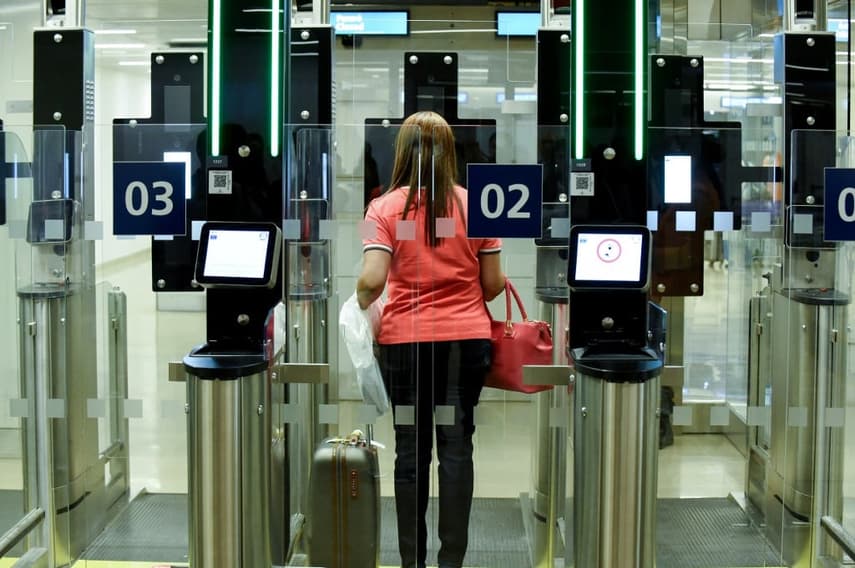‘A game changer’: Airlines demand EU explain new border system for non-EU travellers

The EU Entry/Exit System (EES) will record the biometric data (finger prints and facial recognition) of non-EU citizens travelling for short stays to the Schengen area (EU countries minus Ireland, Romania and Bulgaria, plus Norway, Iceland, Liechtenstein and Switzerland), each time they cross the external borders.
Fully digital, the system will enable the automatic scanning of passports replacing manual stamping by border guards. The data collected will be kept in a centralised database shared among the Schengen countries.
The EES was created to tighten up border security and will ensure the enforcement of the 90-day limit in any 180-day period for tourists and visitors. But it requires changes in the infrastructure at the external borders, including airports, and the setting up of a new digital infrastructure to connect authorities in participating countries.
Its entry into operation has already been delayed several times. The latest date for the EES launch was May this year, but last week European authorities decided to postpone it again “due to delays from the contractors”. It is now expected to enter into force at the end of 2023, as The Local reported this week.
Airline associations including European region of Airports Council International (ACI), Airlines for Europe (A4E), the European Regions Airline Association (ERA) and the International Air Transport Association (IATA) welcomed the delay and said further preparations are needed.
“The EES will be a game changer for how the EU’s borders are managed. There are, however, a number of issues which must be resolved to ensure a smooth roll out and operation of the new system so that air passengers do not face disruptions,” a joint statement says.
Things to be resolved include a “wider adoption and effective implementation of automation at national border crossing points by national authorities, funding by member states to ensure a sufficient number of trained staff and resources are deployed to manage the EU’s external border, particularly at airports,” and the “deployment of sufficient resources” to help airports and airlines with new procedures.
Airlines also said there needs to be a public communications campaign to inform non-EU citizens about the changes.
In addition, industry groups called on EU-LISA, the agency responsible for managing the system, to “strengthen communication” with airlines and with international partners such as the US “to ensure IT systems are connected and compatible.”
The decision to postpone the EES entry into operation until after the summer “will give airlines, airports and EU and national authorities the opportunity to resolve these issues and ensure the system is fully tested,” the statement continues.
The EU-LISA is currently preparing a revised timeline for the launch, which will be presented for approval at the Justice and Home Affairs Council, the meeting of responsible EU ministers, in March 2023.
This article was prepared in cooperation with Europe Street News.
